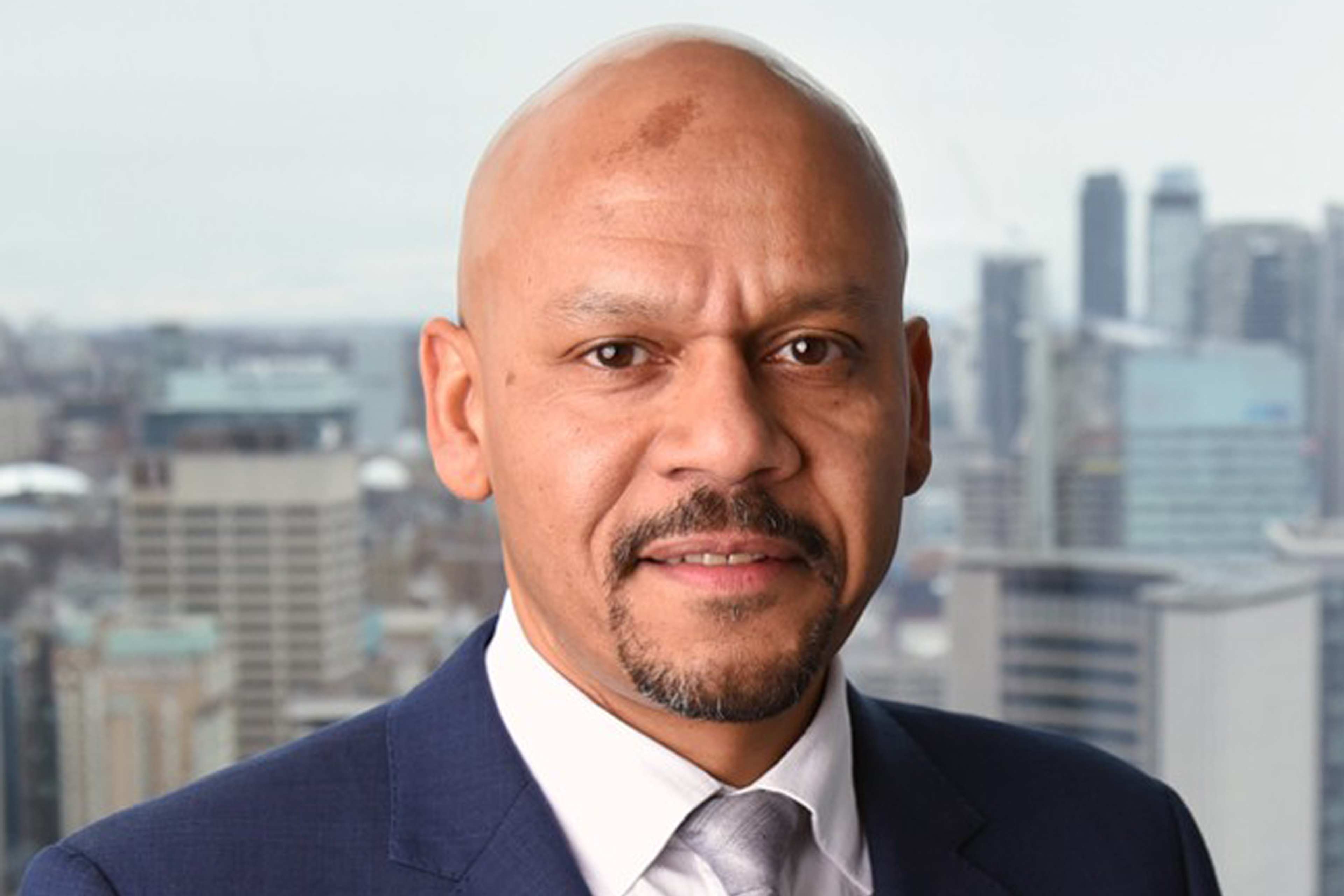EY refers to the global organization, and may refer to one or more, of the member firms of Ernst & Young Global Limited, each of which is a separate legal entity. Ernst & Young Global Limited, a UK company limited by guarantee, does not provide services to clients.

Creating an inclusive culture requires an organization to put humans at the centre of structures, programs, processes, policies and communications.
Today’s workforce spans five different generations and asks for a multitude of varying needs, values and aspirations. As we emerge from two years of remote work into largely hybrid environments, organizations are uncovering real disconnects between employers and employees. Investing in the right corporate culture can help organizations overcome these hurdles in the face of massive market complexity. But doing so effectively will require an inclusive mindset that puts all humans at the centre.
EY research shows that while 9 in 10 employers say they put humans at the centre of long-term plans for value creation, fewer than 7 in 10 employees believe them. At the same time, employers are showing a decline in confidence in the effectiveness of their organizational culture. In 2022, 57% of employers feel their culture has improved, a drastic drop from 2021 when 77% of employers felt that way.
These perception gaps matter. They speak to a complicated and diverse workforce, influenced by changing ideals and evolving priorities. Any organization that fails to address these areas with real intention now could run the risk of losing top talent — and a competitive advantage right along with it. Organizations will need to go well beyond platitudes alone to become much more deliberate and intentional about culture-building.
With that in mind, how can organizations create human-centred cultures capable of unleashing potential and fueling growth? Keeping these guiding principles in mind can help:
1- Inclusion happens when it’s seen as foundational to your culture and when people can bring their whole selves to work.
Organizational culture needs to be designed to enable business and strategic imperatives while ensuring a high level of engagement. But inclusion and belonging can only exist at work if all employees feel they can be their authentic selves. When this happens, employees become happier, more resilient, increasingly cooperative and more compassionate. These outcomes reflect some of the Great 8 traits required for individual, team and organizational success.
Employees who can bring their whole selves to work report higher engagement and better performance. Human-centred cultures acknowledge that and foster an inclusive and safe working environment for all.
2- Human-centred culture starts when you lead by example.
Tone from the top has always been important to culture. Leaders must live and breathe their values and embody the behaviours they hope to see embraced across the organization. When leaders are authentic, they foster psychologically safe spaces that prioritize wellbeing, inclusion, work relationships and diversity of thought.
EY research has found that 68% of employers saw significant turnover in the last year, and 43% of employees are likely to leave in the next 12 months. The “Great Resignation” has further threatened employee retention rates, at an exceptional cost to businesses.
Our research shows employers and employees alike want to see greater focus on total rewards, as well as diversity, equity and inclusion (DE&I). Authentic leadership will address these demands by putting people’s needs at the forefront and fostering empathy.
3- Culture grows progressively over time.
Culture is a reflection of the way people behave, work, collaborate, ideate, innovate and communicate. So many companies see culture as something they can acquire or establish through a quick sprint.
But it’s more than that.
Culture requires time to take root. Like any kind of evolution, a cultural shift necessitates a long enough runway for people to embrace and emulate desired behaviours. Even with clear action plans, focus, resources and support, culture can’t be imposed. It takes shape gradually, as you lead empathetically and authentically, manage change intentionally and invest continuously. A cultural shift requires role modeling from the top and accountability at all levels.
Creating an inclusive workplace culture requires an organization to put humans at the centre of every structure, program, process, policy and communication. It means thinking about the way shifts in behaviours affect people, from initial hire to retirement. Doing so with intention can enable human-centred culture as the connective thread that unites your workforce and unleashes your success.
Summary
An inclusive workplace culture places humans at the centre of structures, programs, processes, policies and communications. As organizations emerge from two years of remote work into largely hybrid environments, they are uncovering real disconnects between employers and employee and must invest in the right corporate culture, in which inclusion is a foundational element of business.



